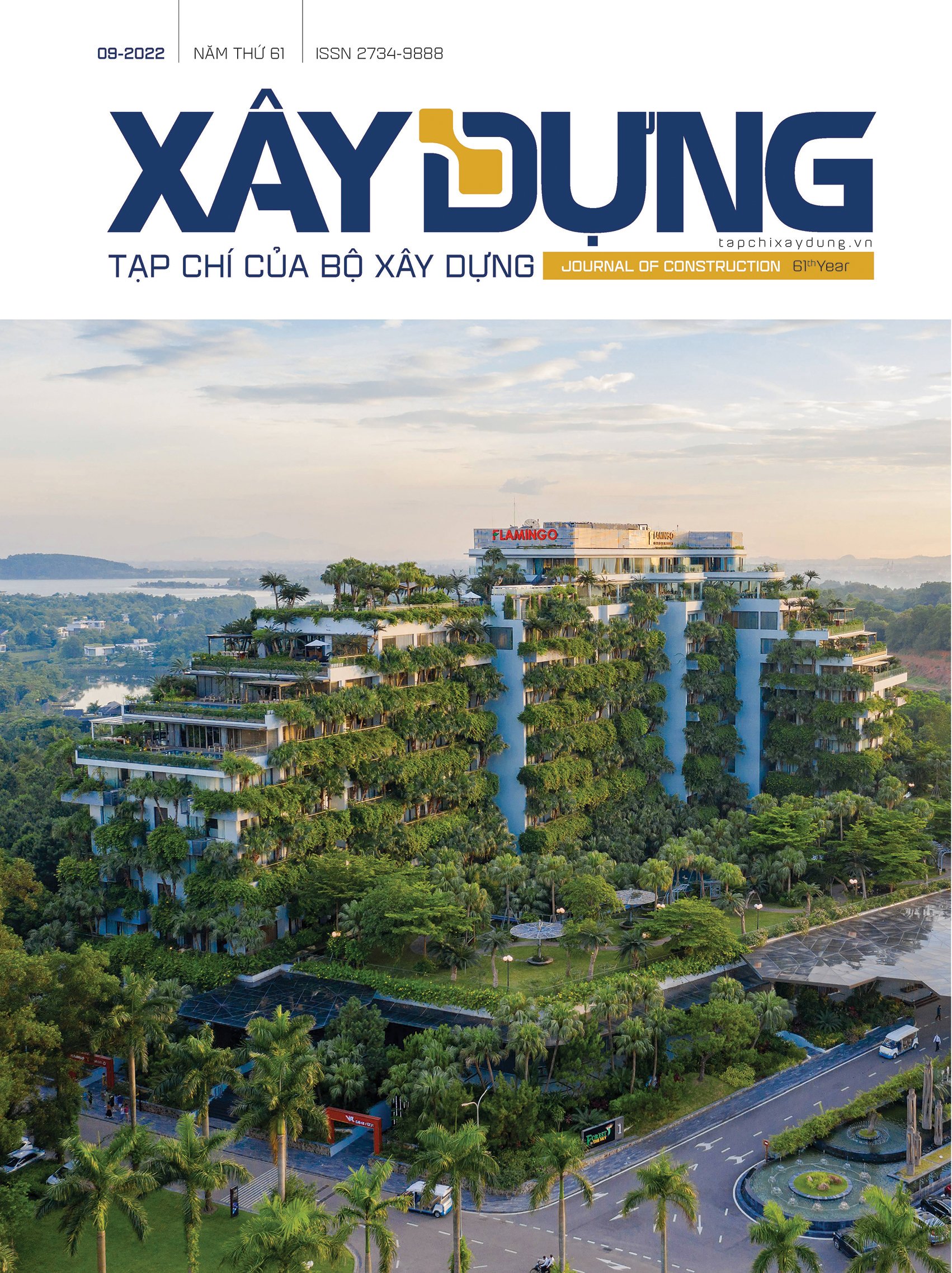Effect of tower height asymmetry on internal force distribution in main girder of suspension bridge
Abstract
Suspension bridge is high-level static structure, with architectural aesthetics and the ability to overcome long spans. In a suspension bridge, the main girder, tower, main cable, and suspender cable are the main load-bearing structures. In a suspension bridge, there are usually two towers with the same height. However, in reality, the height of the two towers is not necessarily equal, called asymmetry and the fact that there have been suspension bridges with asymmetrical tower heights. When the height of the towers is not symmetrical and changes, the distribution of internal forces, deformation, and displacement of the structures in the suspension bridge also changes. In this paper, the author studies the influence of towers height asymmetry on the distribution of internal forces in the main girder of a suspension bridge by analyzing the results of
calculation of models of suspension bridges based on Statistical results of size, span ratio, tower height of the actual suspension bridge in the world. Using software to analyze bridge structure very popular in Vietnam is Midas/civil and the theory of finite element method. The influence of tower height asymmetry on internal forces in tower, main cables, suspender cable and deformation and displacement will be considered in the following articles.
Keywords: Suspension bridge; Suspension bridges with asymmetrical tower heights; finite element method; New San Francisco-Oakland bay suspension bridge; main deck.

